In the southern highlands of Mexico lies a culinary landscape so diverse and profound that UNESCO recognized it as an Intangible Cultural Heritage of Humanity. Oaxaca (pronounced wah-HAH-kah) stands as a living museum of pre-Hispanic and colonial culinary traditions, where ancient techniques and indigenous ingredients create a gastronomic experience unlike any other. Beyond tourist restaurants and cooking classes, the true heart of Oaxacan cuisine beats in its vibrant markets—where food isn’t merely consumed but celebrated as cultural expression.
The Seven Moles: Complexity Beyond Chocolate
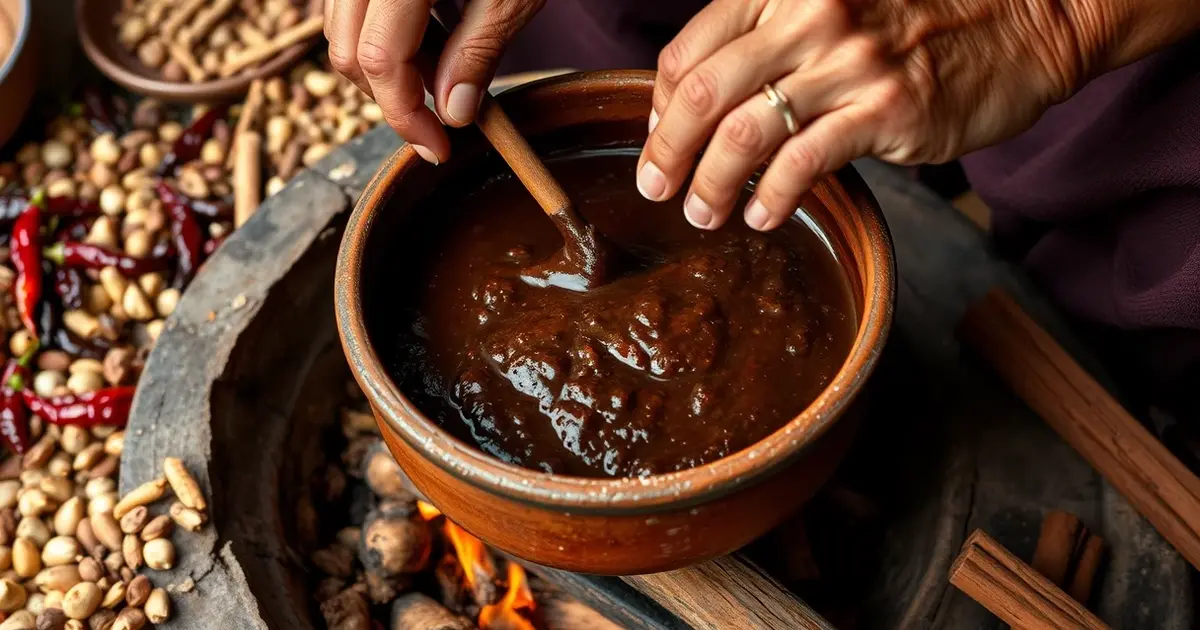
When most travelers think of Oaxacan cuisine, mole immediately comes to mind. Yet few understand the profound complexity behind these legendary sauces. Contrary to popular belief, mole isn’t defined by chocolate—it’s a sophisticated balance of dozens of ingredients meticulously ground, roasted, and simmered to create distinctive flavor profiles.
Oaxaca proudly claims seven traditional moles, each representing different regional traditions: negro (black), rojo (red), coloradito (little red), amarillo (yellow), verde (green), chichilo, and manchamanteles (“tablecloth stainer”). The most famous, mole negro, contains upwards of 30 ingredients including multiple chiles, nuts, seeds, spices, fruits, and yes, a touch of chocolate—though it’s the subtle interplay of all elements that creates its distinctive depth.
At Mercado 20 de Noviembre, Señora Ofelia has prepared mole negro using her grandmother’s recipe for over forty years. “The secret isn’t in any single ingredient,” she explains while stirring a cauldron of the velvety sauce. “It’s in understanding how each element speaks to the others.” Her stall offers small tastings of all seven moles, allowing visitors to appreciate the remarkable diversity within this single culinary tradition.
Mercado Benito Juárez: The Living Pantry
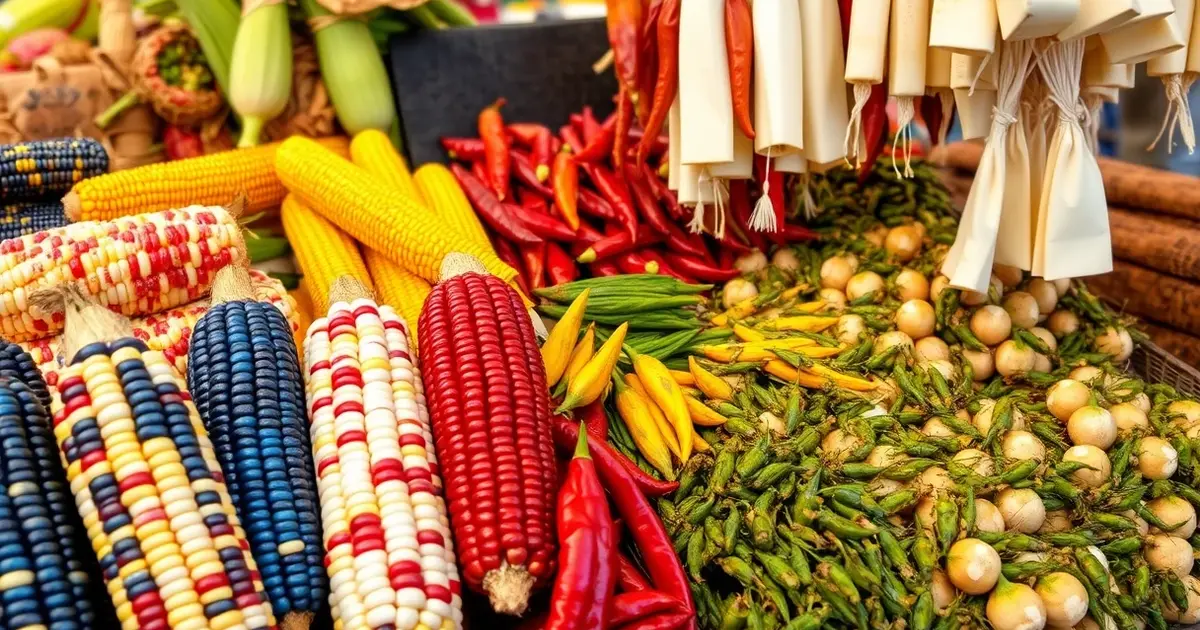
While restaurant dining offers refined presentations of Oaxacan cuisine, the markets provide something more valuable—context. Mercado Benito Juárez, centrally located near the zócalo (main square), functions as both a working market for locals and an encyclopedic display of Oaxacan ingredients.
Here, dozens of varieties of chiles—fresh, dried, and smoked—create a tapestry of colors and aromas. Vendors specializing in indigenous corn display heirloom varieties in shades of blue, red, white, and yellow—each with specific culinary applications. The quesillo section showcases Oaxaca’s famous string cheese being pulled and wound into knots with theatrical flourish.
Most remarkable is the chapulines (grasshopper) section, where these protein-rich insects are sorted by size and sold by the kilo. Toasted with garlic, lime, and chile, chapulines have been a staple protein source since pre-Hispanic times. Their nutty, earthy flavor makes them a perfect accompaniment to mezcal or as a taco filling.
For the curious traveler, vendors are generally delighted to offer samples and explain traditional uses for unfamiliar items. The market becomes not merely a shopping destination but an interactive museum of living culinary heritage.
Tlayudas: The Midnight Ritual
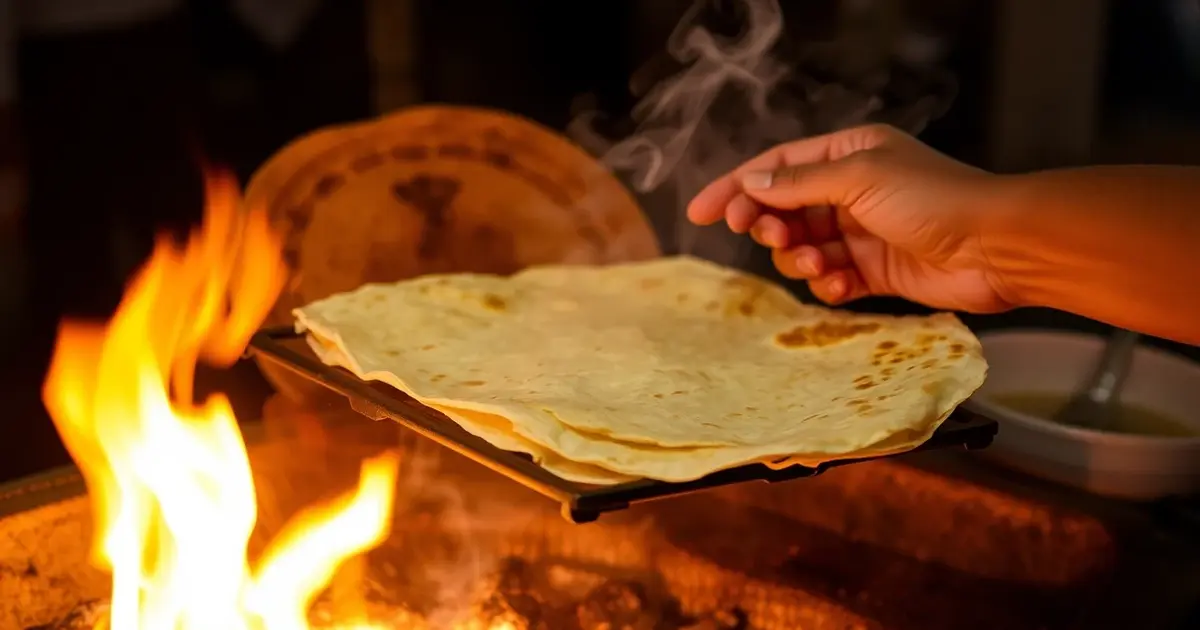
Some culinary experiences demand specific timing. Such is the case with tlayudas—Oaxaca’s iconic street food that reaches its apotheosis in the late evening hours. These enormous tortillas, stretched to the size of a pizza and cooked until leathery-crisp, are then topped with asiento (pork lard), refried beans, quesillo, cabbage, avocado, and your choice of protein—often tasajo (thinly sliced beef) or chorizo.
The definitive tlayuda experience happens outside Mercado 20 de Noviembre, where women set up charcoal grills along the sidewalk after sunset. The tlayudas are folded over their fillings and grilled directly over coals, creating a smoky, crispy exterior while warming the ingredients within.
“During the day, tlayudas are good,” explains local guide Alejandro Ruiz. “But at night, with the smoke from the street grills and the social atmosphere, they become transcendent.” Indeed, the ritual of standing on a Oaxacan street corner at midnight, tlayuda in hand, surrounded by locals doing the same, offers a form of cultural communion that no restaurant can replicate.
Tejate: The Drink of the Gods
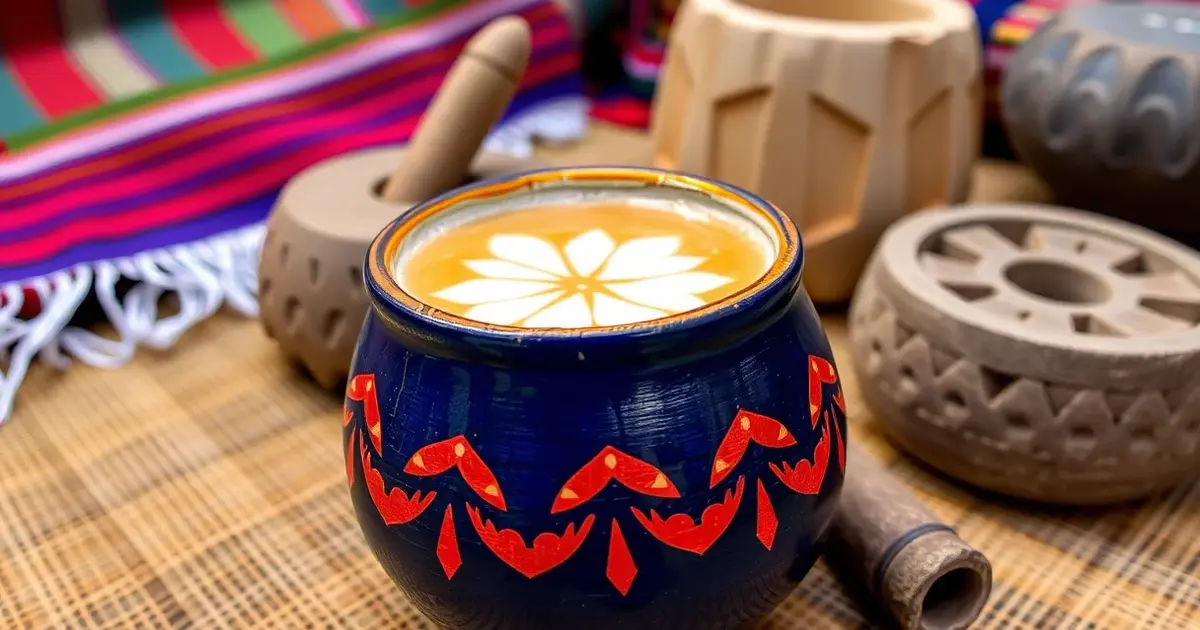
In the indigenous markets of Oaxaca, particularly the Sunday market in Tlacolula, one encounters a pre-Hispanic beverage so ancient and complex that it’s often called “the drink of the gods.” Tejate is a refreshing, nutritionally complete beverage made from maize, cacao, mamey seeds, and the unusual rosita de cacao flower.
What makes tejate immediately recognizable is its distinctive presentation—a thick, foamy layer of cacao fat naturally rises to the surface, creating a floral pattern that indigenous vendors scoop into jicaras (traditional gourds used as cups). The contrast between the cool, earthy liquid and the light, almost meringue-like foam creates a textural experience as compelling as its flavor.
Doña Francisca has prepared tejate at the Tlacolula market for over fifty years, grinding the ingredients on a stone metate just as her Zapotec ancestors did centuries before. “This is not just a drink,” she insists. “It is our history, our ceremony, our connection to the earth.” Indeed, tejate represents a living artifact of pre-colonial Mexican cuisine, its preparation virtually unchanged despite the centuries of cultural upheaval that followed Spanish arrival.
Agave Traditions: From Plant to Sweetener
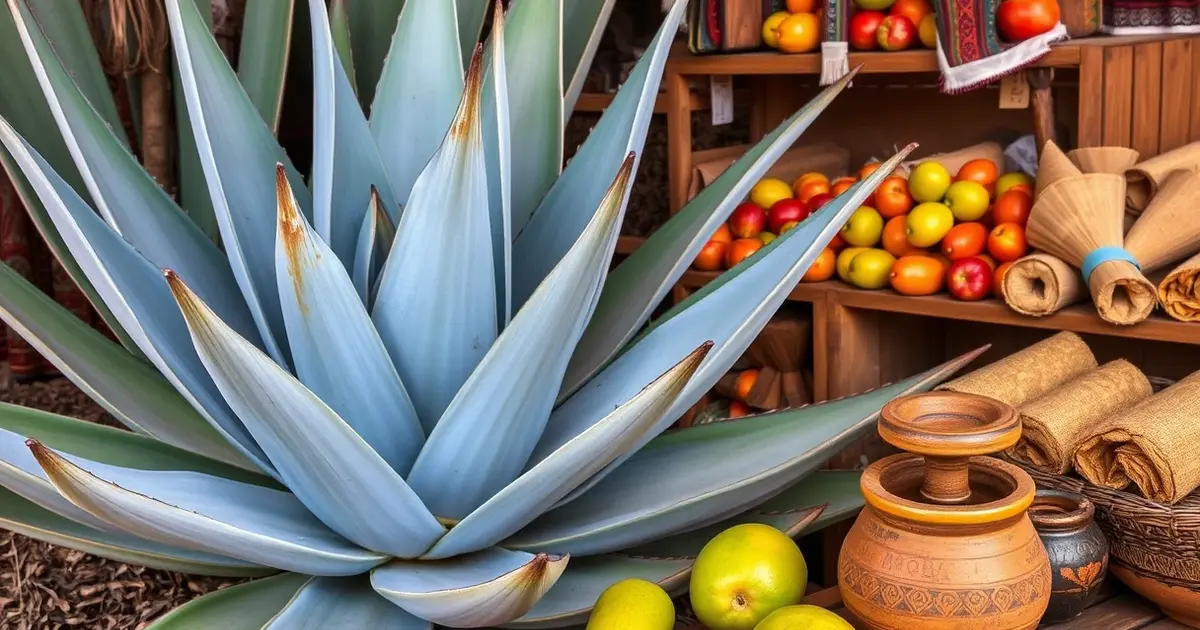
No exploration of Oaxacan culinary traditions would be complete without understanding the region’s profound relationship with the agave plant—a relationship that extends far beyond its modern associations. The agave, with its dramatic spiky form and remarkable adaptability to harsh conditions, has been central to indigenous life for millennia.
At Mercado de Abastos, vendors showcase the diverse culinary applications of agave, particularly in the form of natural sweeteners. Miel de agave (agave syrup) and traditional piloncillo (unrefined cane sugar often used alongside agave products) feature prominently in Oaxacan desserts and beverages.
“The agave plant teaches us patience,” explains botanical expert María Gonzalez. “It grows slowly in difficult conditions, sometimes for decades before harvesting. This patience translates to our cooking traditions—the willingness to invest time for profound flavor.” Indeed, many Oaxacan recipes involve slow processes: gentle simmering, patient fermentation of non-alcoholic tepache (made from pineapple), and careful sun-drying of fruits and chiles.
Most valuable are the traditional preparation methods—stone grinding, clay pot cooking, and wood-fire roasting—that enhance the natural flavors of these ingredients. These aren’t tourist affectations but practical elements that have shaped Oaxacan cuisine for generations, creating depth and complexity through technique rather than additives.
For travelers seeking deeper understanding of local flavors and sustainable food practices, explore our article on Slovenia’s hyperlocal cuisine, where traditional food systems naturally embody farm-to-table principles.
Address Book:
•Mercado 20 de Noviembre: Calle 20 de Noviembre, Centro, Oaxaca
•Mercado Benito Juárez: Calle 20 de Noviembre and Calle Las Casas, Centro, Oaxaca
•Sunday Market in Tlacolula: 30 minutes east of Oaxaca City, held weekly
•Mercado de Abastos: Calzada Periférico, west of the city center, largest Saturday market
